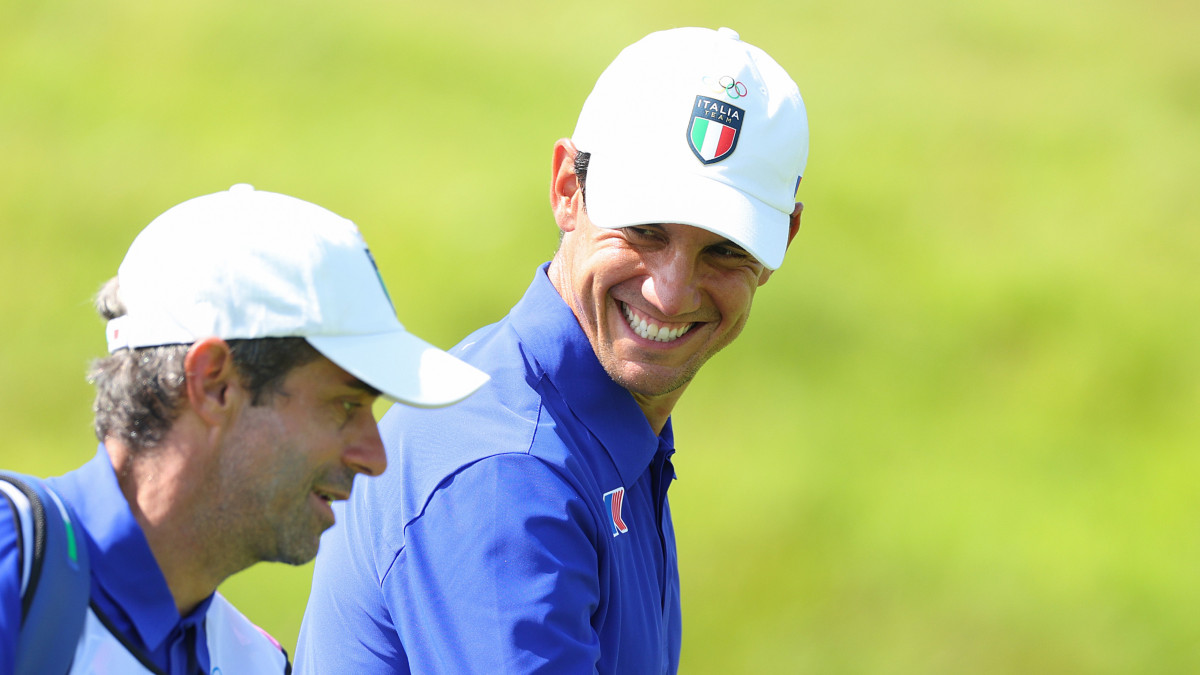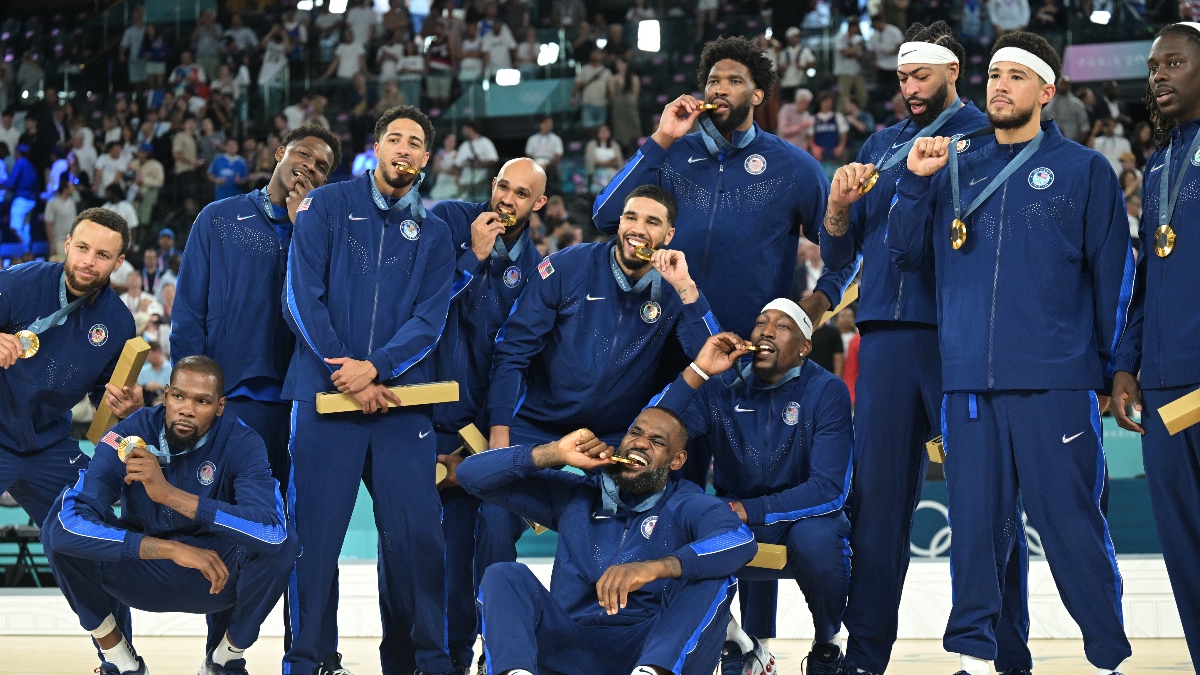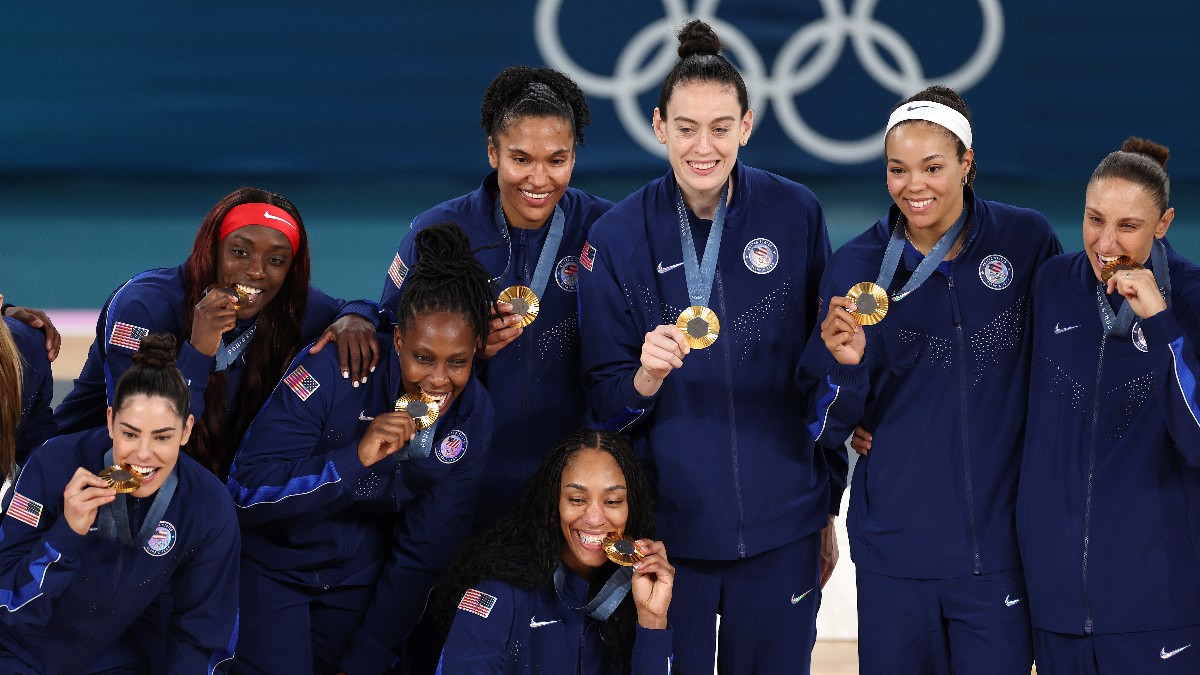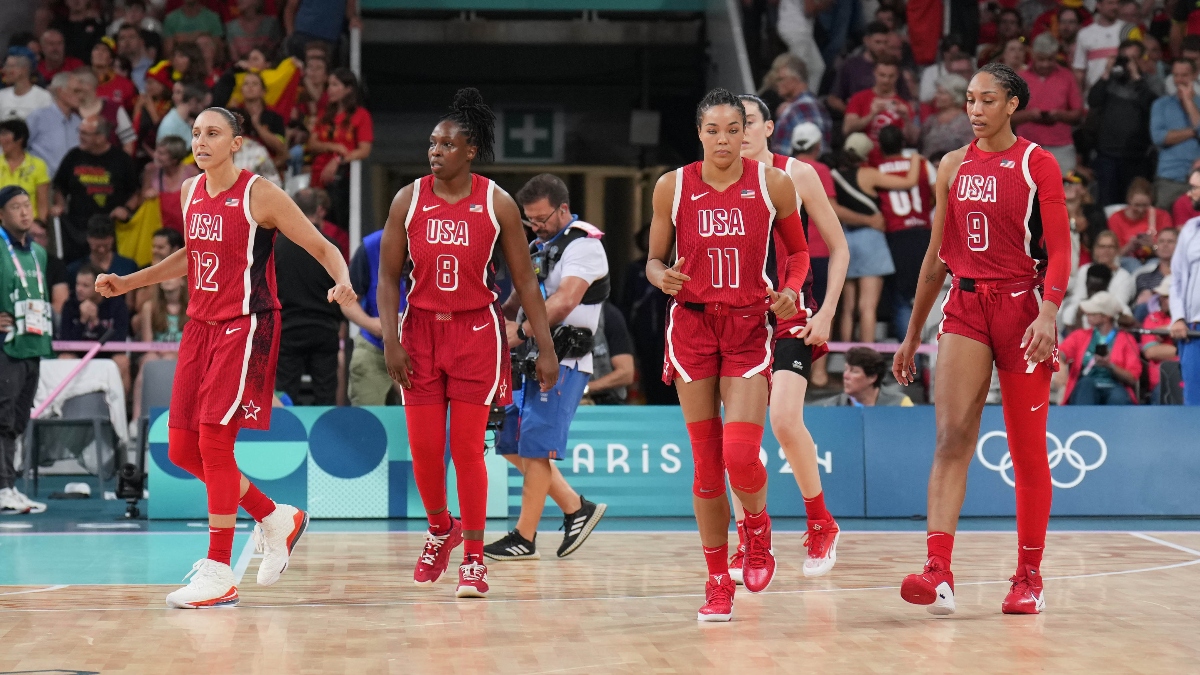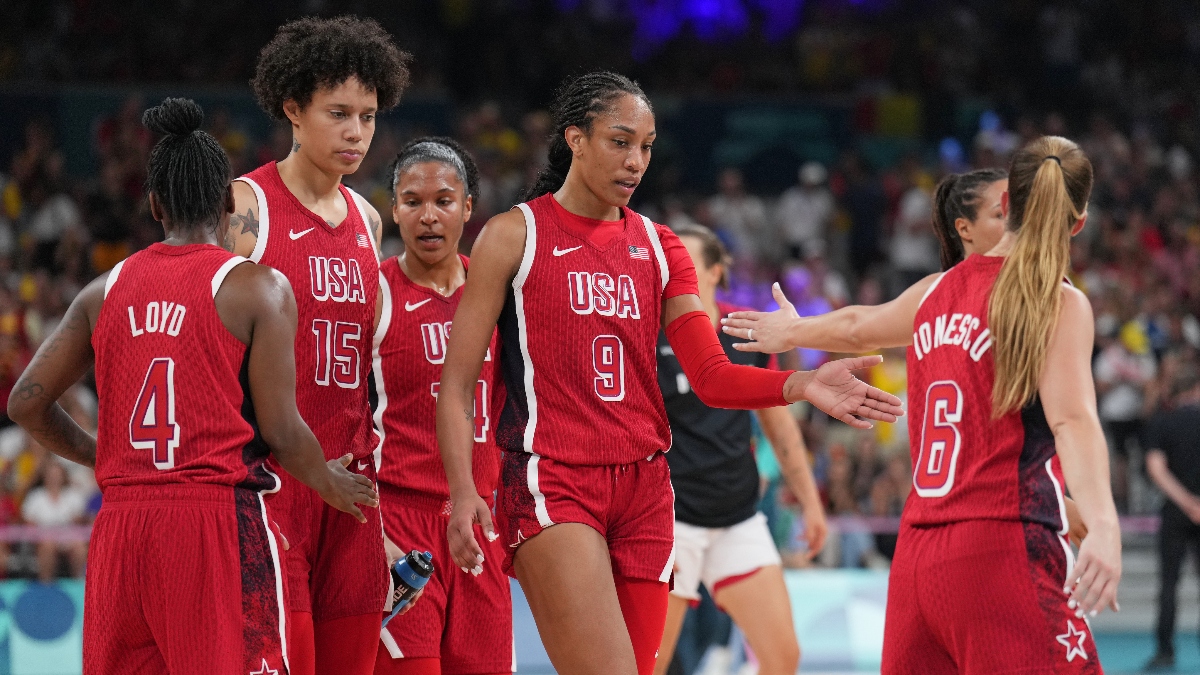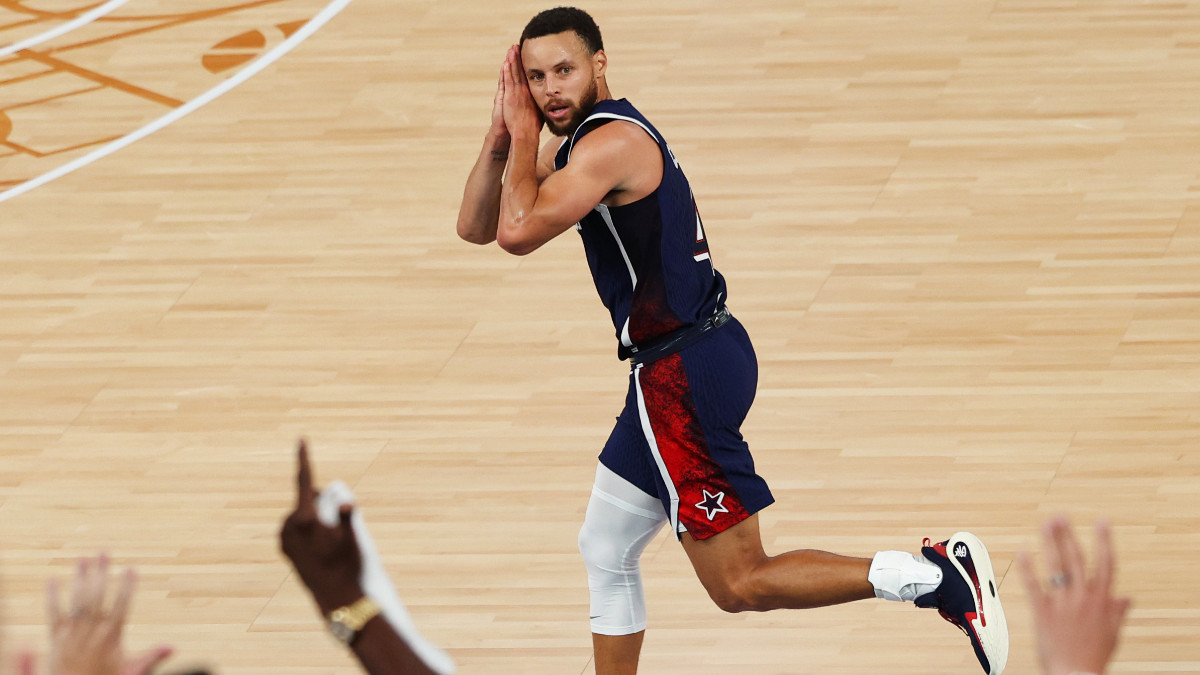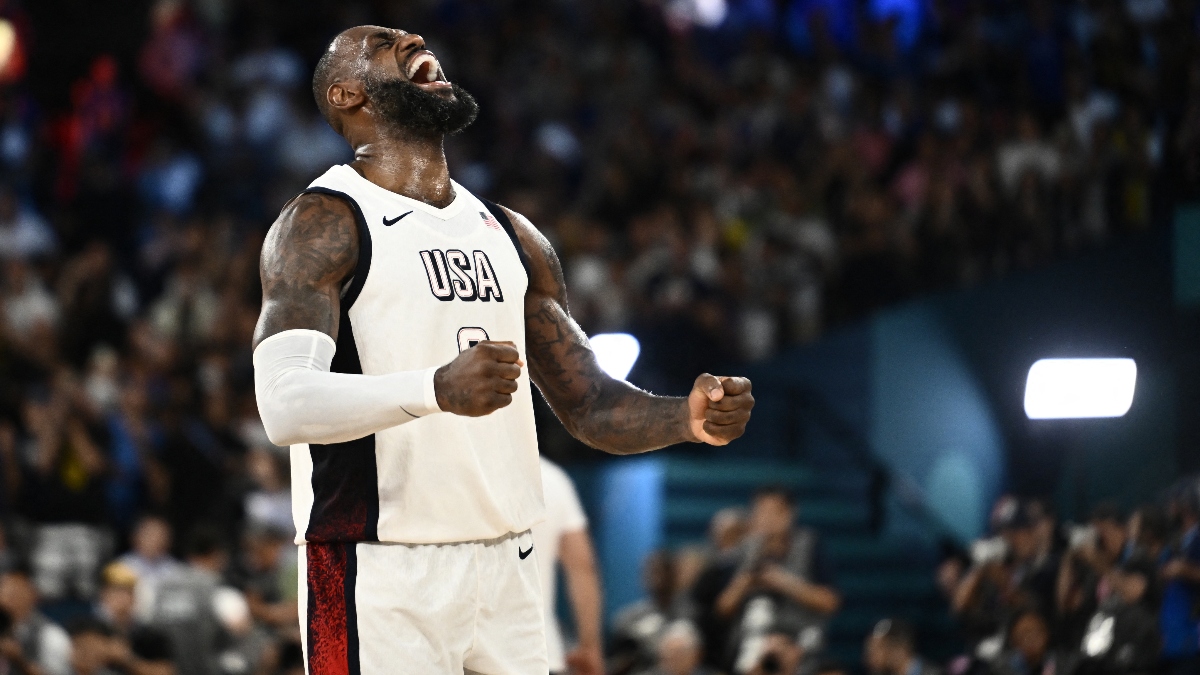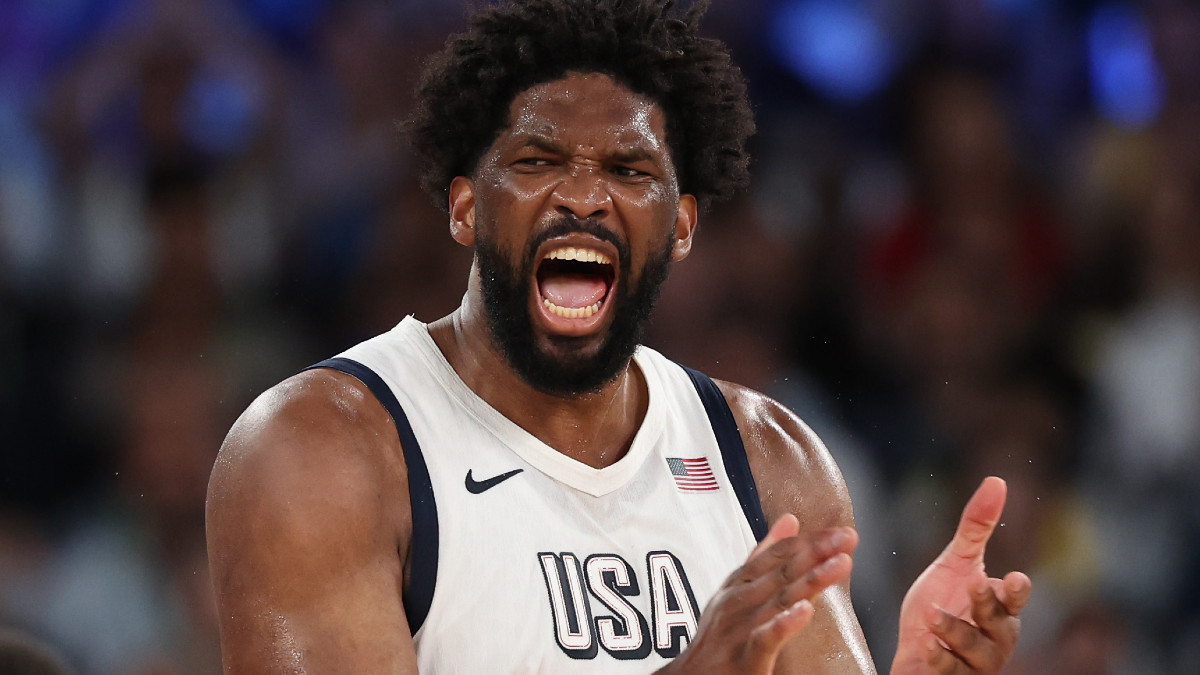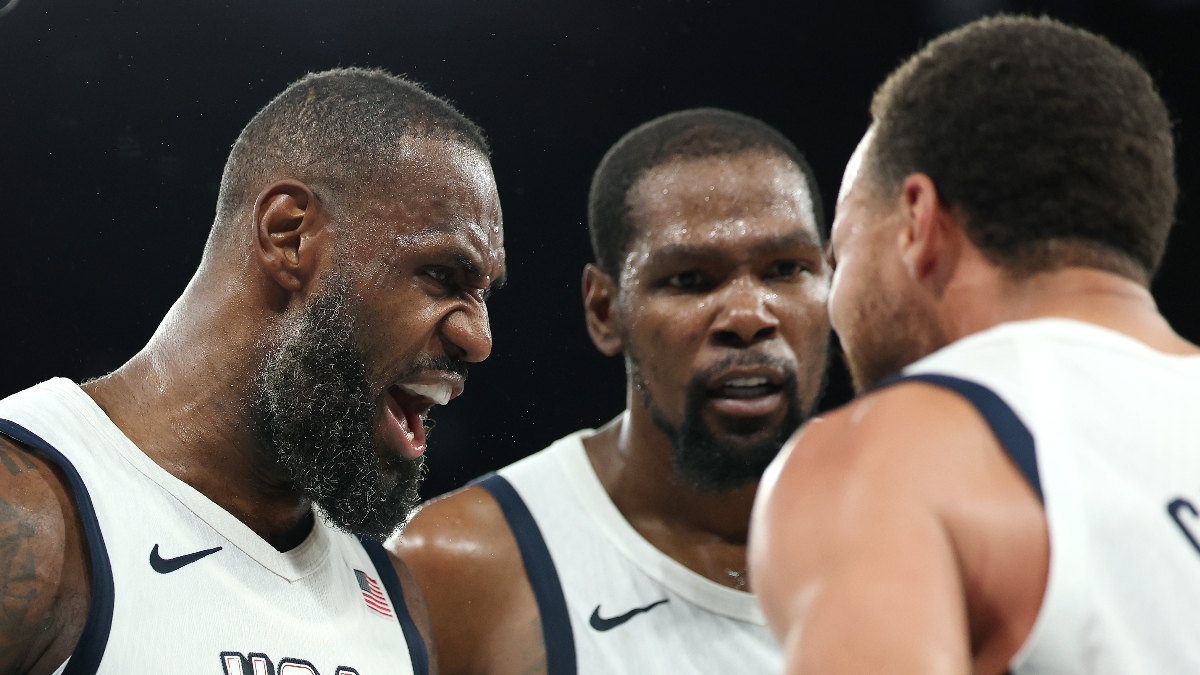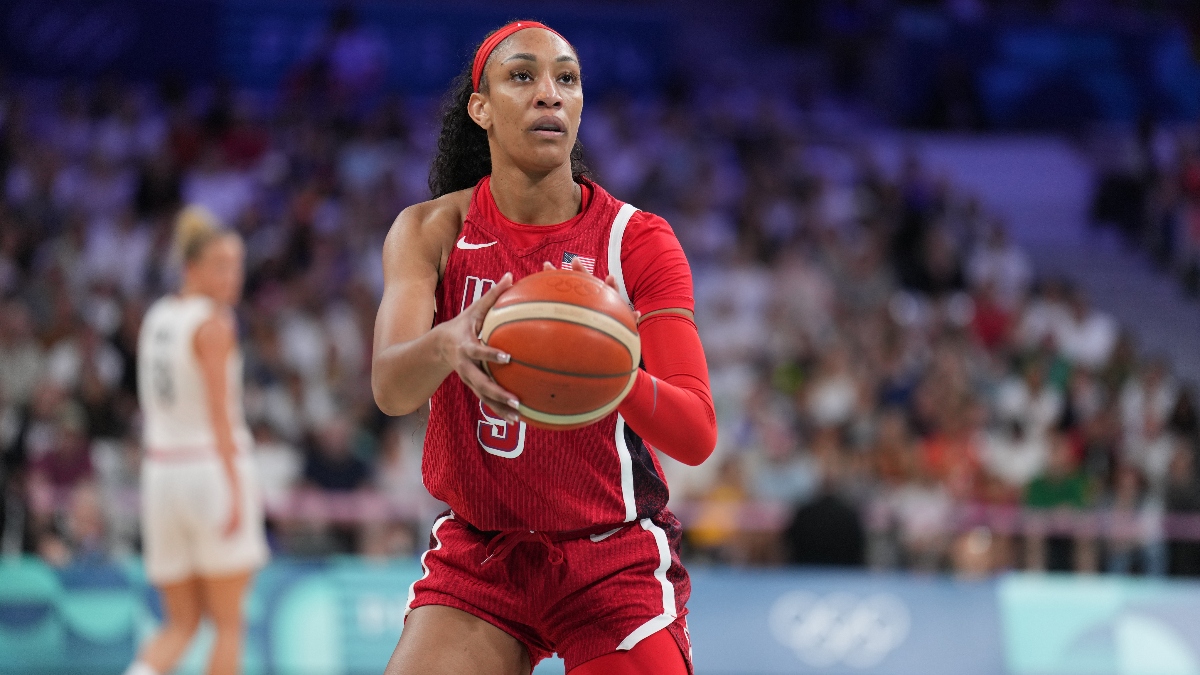Hideki Matsuyama's impressive round-one showing during his eight-under onslaught saw him surge to the top of the leaderboard.
It's not uncommon for Matsuyama to get off to a quick start during some of these water-bound contests in the past due to immaculate ball-striking marks that can find him excelling from long distances. We'll see if he can maintain his form in round two since birdies and disasters are looming at all turns.
Here is where my model graded all 60 players in the field when I gave them their actual ball-striking totals and mixed in baseline short-game stats.
Scheffler residing at the top spot of that area should place some fear in all bettors who don't have his tournament-leading 4/1 ticket inside of their portfolio of wagers.
There still is enough water on this course to massively alter this leaderboard from day-to-day. But as an example of good-versus-bad luck when it comes to short-game totals, here were the most significant overachievers and underachievers on the slate. You might be able to use some of that data to find a matchup of your own.
Underachievers
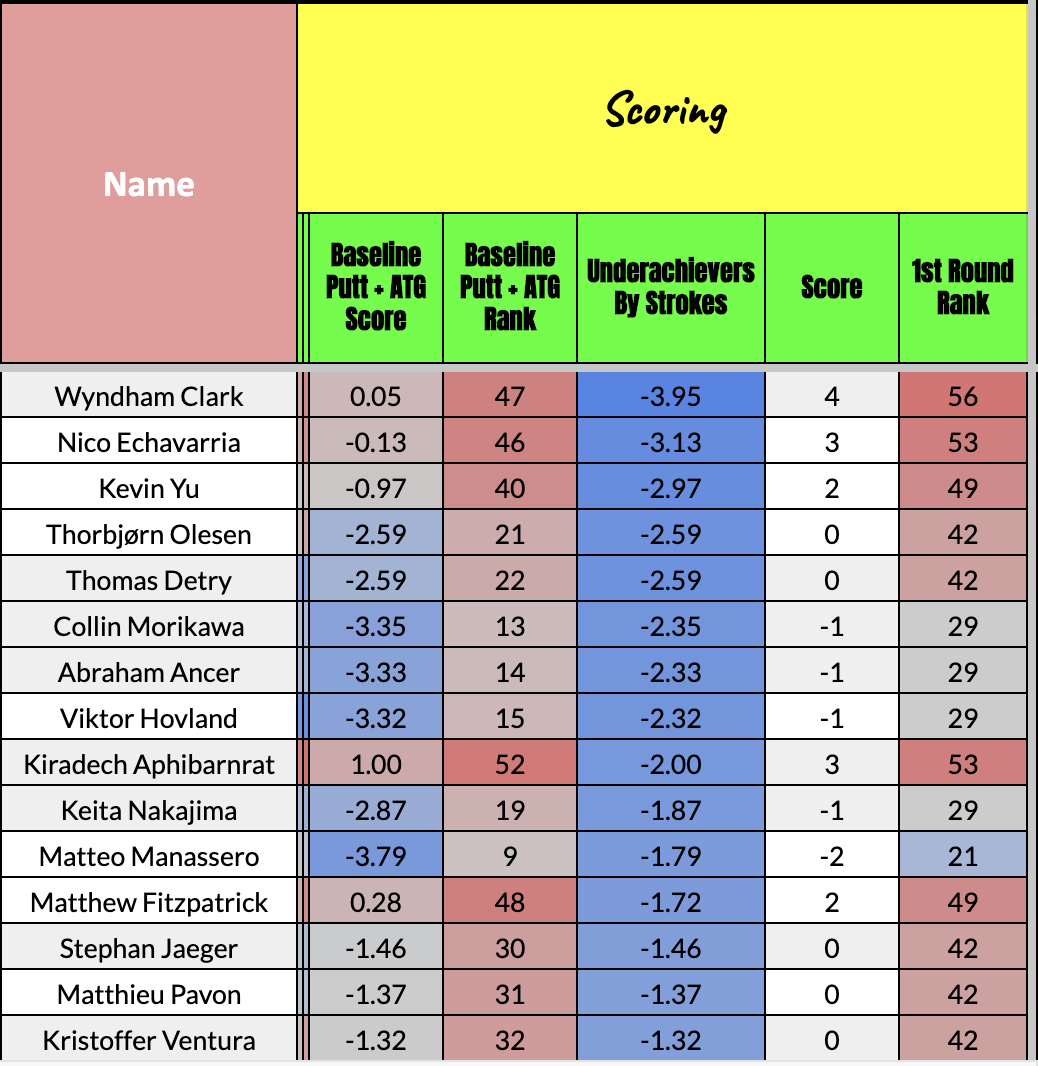
Overachievers
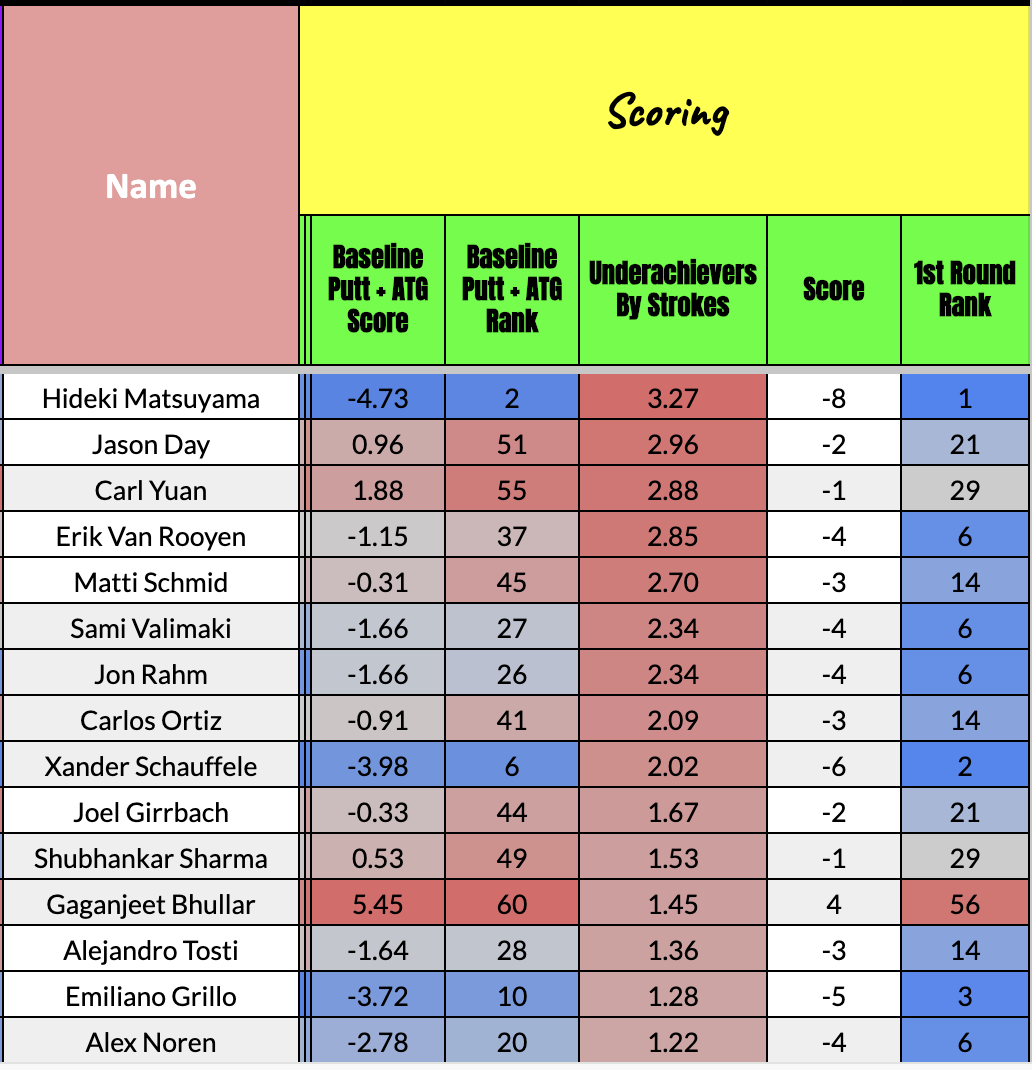
***As always, pre-tournament data still matters! I wouldn't be blindly fading or playing any particular name.
Example: not every overachievement is as bad as it seems. While Hideki Matsuyama clearly overachieved, his baseline projection still had him second on the leaderboard for the day.
2024 Olympics Round 2 Matchup Bet
Matteo Manassero -120 over David Puig (DraftKings)

There are a few non-Jon Rahm and Joaquin Niemann examples of what I am about to mention throughout the space. The books have done a pretty good job keeping the LIV and DP World Tour Players together in matchups when we dive into daily plays on the board.
Part of that stems from the projected price points at which these battles must be listed to get released into the market. I would argue that factor might be marginally overblown since shops are never shy in releasing the -200/+150 options.
Nonetheless, I stand by the primary concern being the lack of concrete data and how it translates with PGA Tour stats as the main reason many shops have kept players mostly against one another. It's much more manageable when you can directly pinpoint exact comparisons from the same event and not mix-and-match information from different locations.
That has presented a few flaws in the head-to-head slate since your edge starts to shrink when the returns become more exact. Because of those factors, I didn't see a ton that I loved on this board for round two if you wanted to play things conservatively.
However, I decided to take a small swing against one of my pre-tournament fade candidates of the week and go in that direction with a golfer my model found mathematically on par to be one of the top DP World Tour players in this field.
There are going to be flaws for each option that leveled the playing field to an extent, but here are all the pre-tournament data points for both players when trying to figure out how they ranked compared to the 59 other golfers in the field.

You will see Manassero as a name who received a boost in my model because of his seven made cuts in eight worldwide starts, including back-to-back top-31 finishes at the Open Championship and Genesis Scottish Open.
That is one of the reasons my pre-tournament model delivered a projected grade of 28th out of 60 players for Manassero and 53rd out of 60 for Puig. Still, the more significant return was when I allowed the round 1 totals to play a slightly more substantial part in the weights.
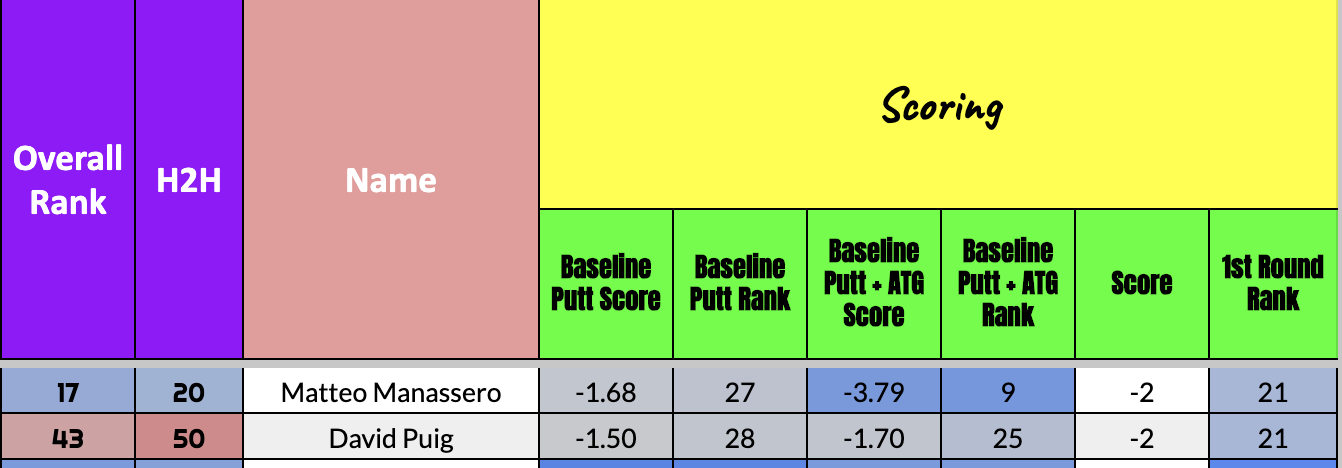
I usually don't attach as high of a percentage as I did after round one in standard PGA Tour spots. Needless to say, I thought using actual play was a critical factor when it began to show notable model movement based on performance versus what could have been marginally enhanced returns from limited data.
That answer can oftentimes lead to the "overcorrection" that I talk about weekly. I found it interesting that both men shot a two-under 69 on the day, but only one of those golfers saw a significant move in the head-to-head portion of the sheet.
In reality, the move for Puig should have been easier since it would have taken less impact for him to start surpassing some of the lower-level options above him on the slate. I do like how he landed smack dab in the middle of the field for Ball Striking (30th overall) if you are looking for reasons for him to continue his respectable play. There was, however, still something my model didn't quite trust since his 40th-place grade in round one with the driver didn't overtake his fringe top-50 projection in the category pre-event.
This matchup is far from having any substantial edge since we are dealing with a small sample size. However, I will trust the pre-event totals, the in-tournament movement up the board and the 2.09-shot projected advantage if both golfers produced a "fair" output with their short game on the day.
In theory, regression to the mean should be in line to even out the playing field for what landed as a push on Thursday. I would just suggest everyone to proceed with caution.

